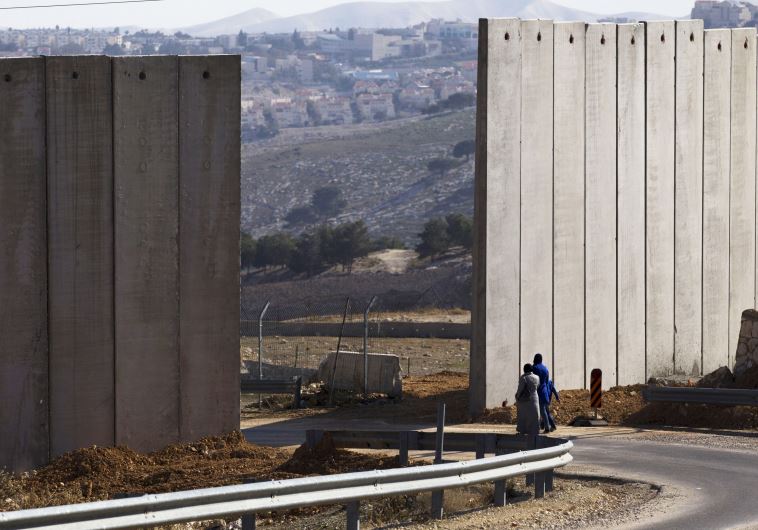JPost Editorial: Myopic State
The State Department’s overblown language indicates a distorted view of the reality driving the conflict – and it’s not settlements.
 Palestinians walk near an opening in Israel's security fence in the east Jerusalem neighborhood of A-tur
Palestinians walk near an opening in Israel's security fence in the east Jerusalem neighborhood of A-tur